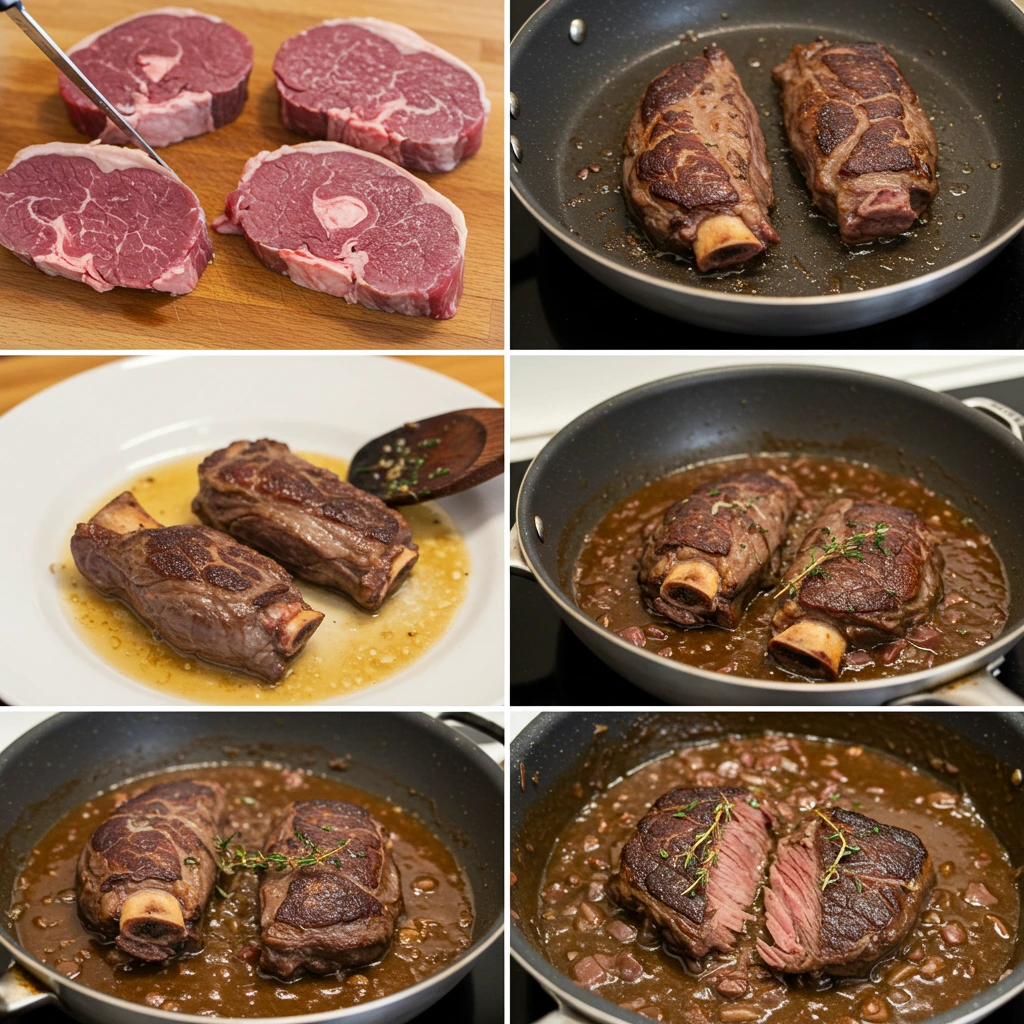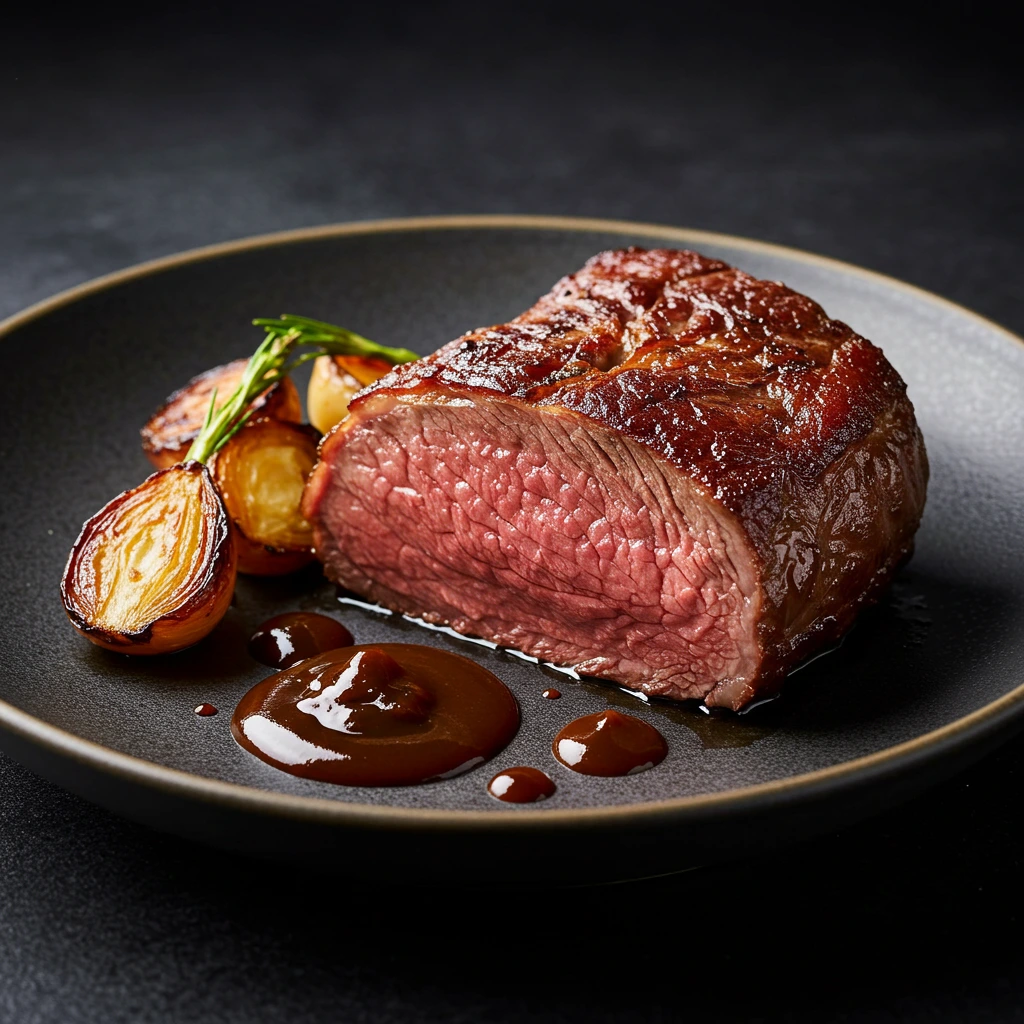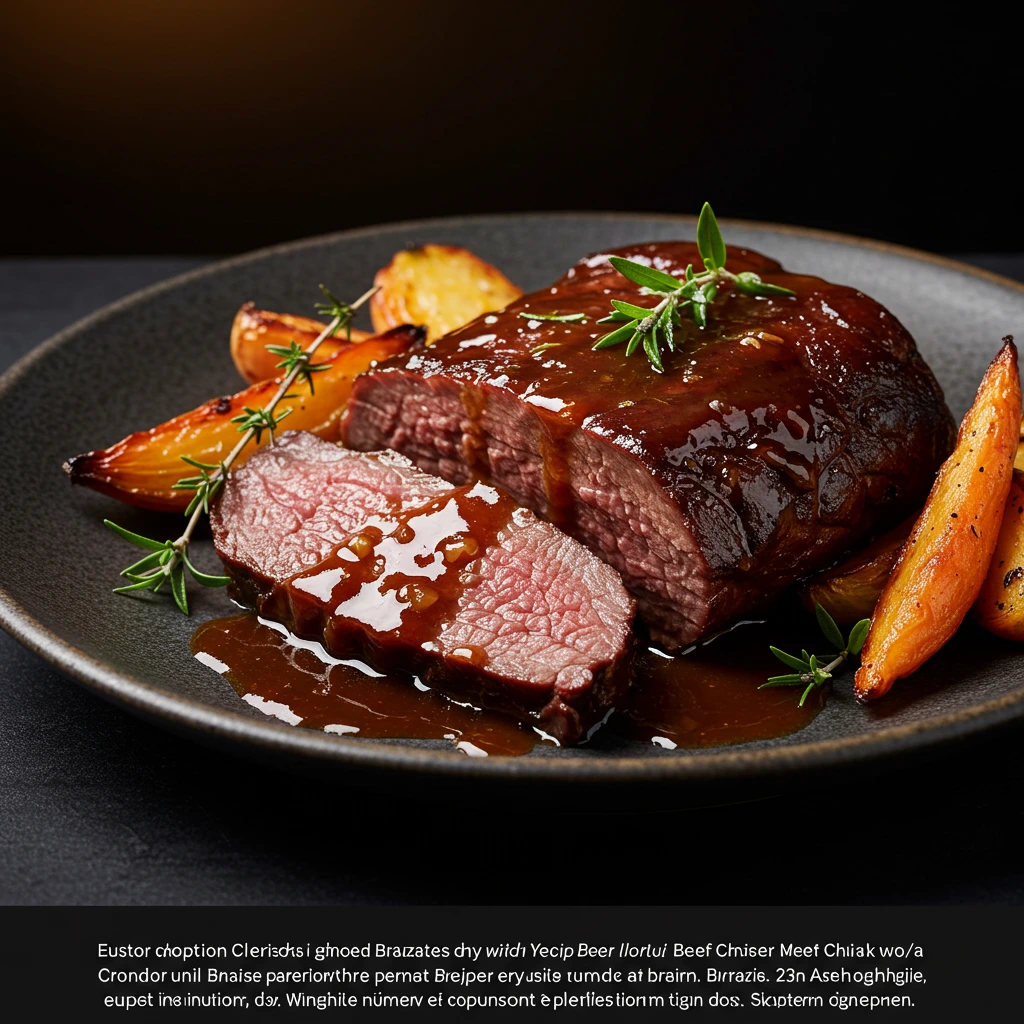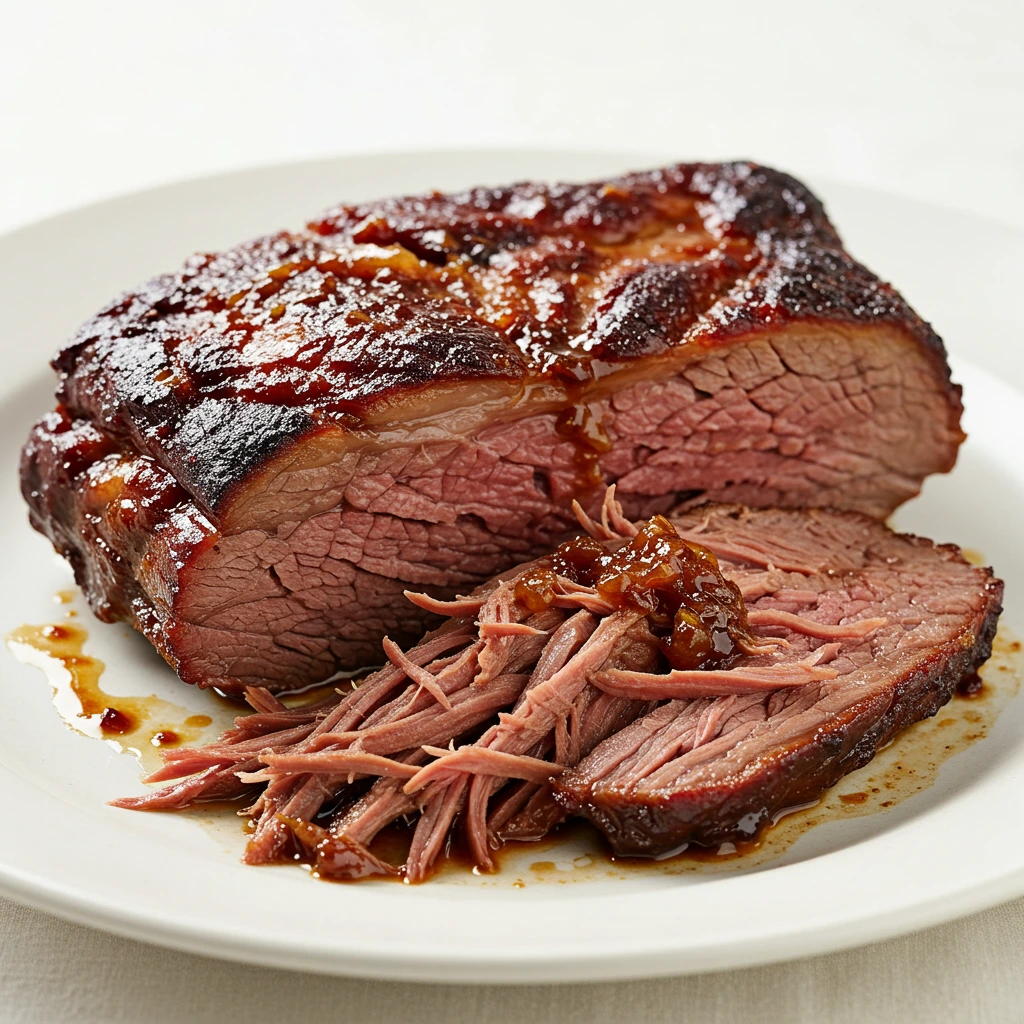The Hidden Gem of Beef Cuts
Have you ever bitten into a piece of beef so tender that it seemed to dissolve on your tongue? If not, then you haven’t yet discovered the magic of beef cheek meat. This underrated cut has long been favored by chefs and food lovers for its deep, rich flavor and melt-in-your-mouth texture. Yet, it remains unknown to many home cooks.
If you’re looking to elevate your cooking skills and impress your guests, this comprehensive guide will walk you through everything you need to know about beef cheek meat—from understanding its characteristics to mastering the best cooking techniques. By the end of this article, you’ll be fully equipped to turn this tough cut into a tender, flavorful masterpiece.

Table of Contents
What Is Beef Cheek Meat?
Understanding This Unique Cut
Beef cheek meat is exactly what it sounds like—the cheek muscle of a cow. Since this muscle is constantly at work when the cow chews, it develops a high amount of collagen, which is the secret behind its incredible tenderness when slow-cooked.
Unlike traditional cuts such as ribeye or sirloin, beef cheek meat requires long, slow cooking methods to break down its tough fibers and release its intense, meaty flavors.
Beef Cheek Meat vs. Other Beef Cuts
To understand why beef cheek meat is so special, let’s compare it with some other popular cuts:
| Feature | Beef Cheek Meat | Chuck | Brisket | Short Ribs |
|---|---|---|---|---|
| Texture | Becomes buttery soft when slow-cooked | Medium-firm | Tough but flavorful | Rich and meaty |
| Best Cooking Method | Braising, slow cooking | Roasting, slow cooking | Smoking, braising | Braising, grilling |
| Collagen Content | High | Medium | Medium | High |
| Flavor Profile | Deep and rich | Mild | Smoky and meaty | Juicy and flavorful |
If you love fall-apart tender meat with an incredible depth of flavor, beef cheek meat is a must-try!

Why You Should Cook Beef Cheeks
The Benefits of Cooking Beef Cheek Meat
If you’re still unsure about trying beef cheek meat, here are a few reasons why it deserves a place in your kitchen:
- Unmatched Tenderness – When slow-cooked, the high collagen content transforms into gelatin, making the meat incredibly soft and juicy.
- Rich Flavor – It offers a deeper, more complex beef taste compared to traditional cuts.
- Budget-Friendly – Since it’s not as commonly sought after, beef cheek meat is often more affordable than premium steaks.
- Versatile Uses – Perfect for tacos, stews, sandwiches, pasta sauces, and gourmet dishes.
How to Cook Beef Cheek Meat to Perfection
Preparation Tips Before Cooking
Before you begin cooking, follow these steps to enhance the flavor and texture:
- Trim excess fat and sinew but leave some for added flavor.
- Marinate overnight using a mix of garlic, red wine, herbs, and olive oil to boost taste.
- Let the meat rest at room temperature before cooking to ensure even heat distribution.
Best Cooking Methods for Beef Cheek Meat
Braising (Slow-Cooked to Perfection)
This is the most recommended way to cook beef cheeks. The slow, moist heat allows the collagen to break down, resulting in an incredibly tender final dish.
Steps:
- Sear the beef cheeks in a hot pan to develop a deep brown crust.
- Sauté onions, garlic, and carrots to create a flavorful base.
- Deglaze with red wine, then add beef broth and herbs.
- Cover and simmer for 3-4 hours until fork-tender.
Sous Vide (Precision Cooking for Ultimate Juiciness)
If you have a sous vide machine, this is a great way to retain moisture and flavor.
- Set sous vide to 80°C (176°F) and cook for 24 hours.
- After sous vide cooking, sear the cheeks in a pan to develop a crispy outer layer.
Pressure Cooker or Instant Pot (Faster Alternative)
If you’re short on time, pressure cooking is a great way to get similar results in a fraction of the time.
- Cook on high pressure for 45-50 minutes with broth, vegetables, and spices.
- Leave it for at least 10 minutes before opening.
Beef Cheek Meat Recipe (Classic Braised Beef Cheeks)

Ingredients
| Ingredient | Quantity |
| Beef cheek meat | 1 kg |
| Olive oil | 2 tbsp |
| Onion (chopped) | 1 large |
| Carrots (sliced) | 2 |
| Garlic (minced) | 4 cloves |
| Red wine | 1 cup |
| Beef broth | 2 cups |
| Tomato paste | 2 tbsp |
| Thyme | 1 tsp |
| Bay leaf | 1 |
Instructions
- Season beef cheeks with salt and pepper.
- Fry them in a pan with olive oil.
- Remove meat, then sauté onions, carrots, and garlic.
- Incorporate the tomato paste and let it cook for about two minutes
- Deglaze with red wine, then add broth and herbs.
- Return the meat, cover and simmer for 3-4 hours.
- Serve with mashed potatoes or creamy polenta.
Where to Buy Beef Cheek Meat & How to Choose the Best Cut
Best Places to Buy Beef Cheek Meat
- Local Butchers – Often require pre-ordering.
- Online Meat Suppliers – Many offer grass-fed beef cheeks.
- Supermarkets – Some carry it in the specialty meats section.
How to Select the Best Beef Cheeks
- Look for deep red, well-marbled cuts.
- Avoid pale, fatty, or sinewy pieces.

Beef cheek meat is an underrated treasure that delivers exceptional flavor, texture, and versatility. Whether you braise, sous vide, or pressure cook it, this cut transforms into one of the most tender and flavorful beef dishes you can make at home.
Now that you know how to cook beef cheek meat perfectly, it’s time to experiment in the kitchen and impress your family and friends with a gourmet-quality meal.
FAQ About Beef Cheek Meat
Is beef cheek meat tough?
Not when cooked correctly! Slow cooking transforms it into a fork-tender delicacy.
What is the most effective method for cooking beef cheek meat?
Braising is the best method for achieving maximum tenderness and flavor.
Can I cook beef cheeks in an Instant Pot?
Yes, pressure cooking for 45-50 minutes delivers amazing results in less time.
What are some delicious dishes I can prepare using beef cheek meat?
You can use it in stews, tacos, sandwiches, pasta sauces, and gourmet plates.
Now it’s your turn—what will you cook with beef cheek meat? Let us know in the comments below!

